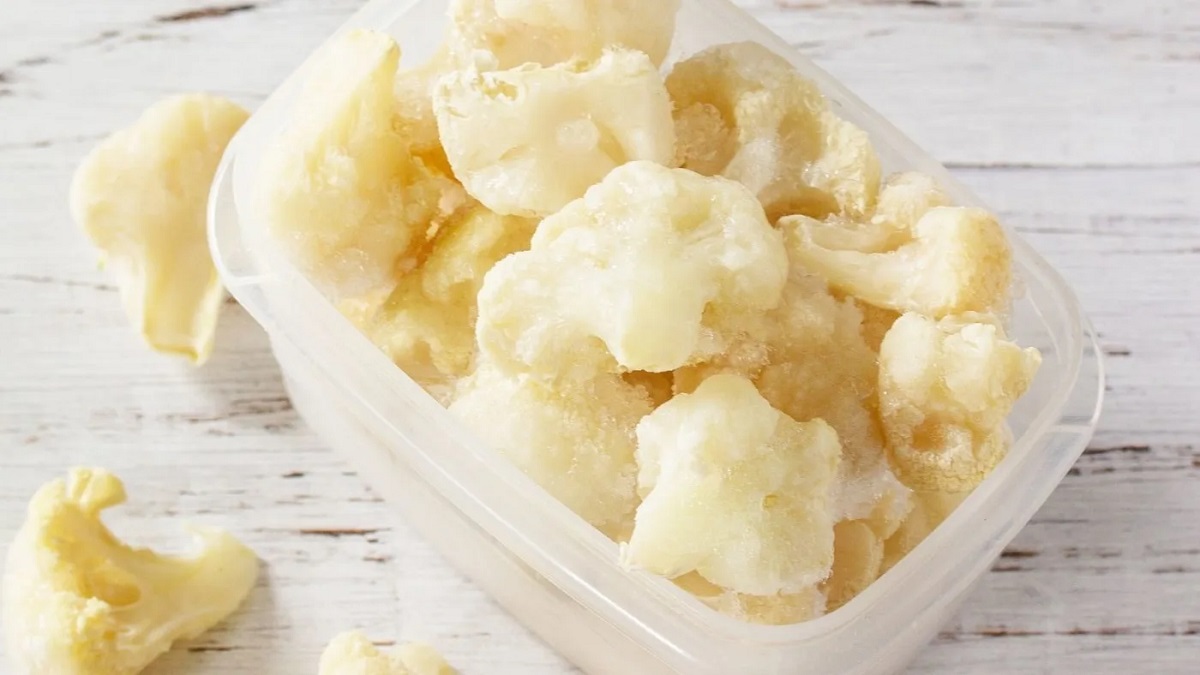

Articles
How To Store Cut Cauliflower In The Fridge
Modified: August 16, 2024
Learn the best way to store cut cauliflower in the fridge and keep it fresh for longer with these helpful tips and tricks. Read more in this informative article.
(Many of the links in this article redirect to a specific reviewed product. Your purchase of these products through affiliate links helps to generate commission for Storables.com, at no extra cost. Learn more)
Introduction
Store-bought or freshly harvested from your garden, cauliflower is a versatile and nutritious vegetable that can be enjoyed in various culinary creations. Its mild and slightly nutty flavor, along with its ability to absorb flavors from other ingredients, makes it a favorite among food enthusiasts.
However, once cauliflower is cut, it becomes more vulnerable to spoilage and loses its crisp texture. To ensure that your cut cauliflower remains fresh and maintains its flavor for as long as possible, proper storage is essential.
In this article, we will guide you through the steps of properly storing cut cauliflower in the fridge. By following these guidelines, you can extend its shelf life, minimize waste, and always have fresh cauliflower ready to use whenever you need it.
Key Takeaways:
- Properly storing cut cauliflower in the fridge is essential for maintaining its freshness, flavor, and nutritional value. By following the outlined steps, you can minimize waste and always have fresh cauliflower ready for your culinary creations.
- Choosing the right container, keeping the cauliflower dry, and storing it in the fridge are key steps to maintain the quality of cut cauliflower. Regularly checking for spoilage and using it within a reasonable time frame are also crucial for optimal freshness.
Read more: How To Store Cauliflower In The Fridge
Importance of Properly Storing Cut Cauliflower
Properly storing cut cauliflower is crucial for maintaining its freshness, flavor, and nutritional value. When cauliflower is exposed to air, it starts to lose moisture, which can lead to wilting, discoloration, and a decline in texture and taste.
By storing cut cauliflower correctly, you can preserve its quality and prolong its shelf life. This is particularly important if you have a surplus of cauliflower or if you like to meal prep in advance.
Additionally, storing cut cauliflower properly helps to reduce food waste. It’s disheartening to see food go to waste, especially when it can be easily avoided. When cauliflower is stored correctly, you can use it up gradually instead of having to throw away a whole head because it has gone bad.
Furthermore, proper storage allows you to have conveniently accessible cut cauliflower in your fridge. Whether you plan to use it in salads, stir-fries, roasted dishes, or as a healthy snack, having pre-cut cauliflower on hand makes meal preparation faster and more efficient.
By taking the time to store your cut cauliflower properly, you can reap the benefits of this versatile vegetable for a longer period, reducing waste and ensuring that you always have fresh ingredients at your disposal.
Step 1: Prepping the Cut Cauliflower
Before you can store cut cauliflower, it’s important to properly prepare it for storage. Follow these steps to ensure your cauliflower is ready for storage:
- Start by selecting a fresh and firm cauliflower head. Look for tightly packed florets that have a crisp texture and vibrant white color. Avoid cauliflower heads that have brown spots, soft or mushy areas, or signs of mold.
- Using a sharp knife, carefully remove the leaves from the base of the cauliflower head. Be gentle to avoid damaging the florets.
- Next, cut off the stem so that the cauliflower head can stand flat on a cutting board. This will make it easier to separate the florets from the core.
- Gently break or cut the cauliflower head into smaller florets. Depending on your preference, you can create large or small florets. Ensure that the florets are uniform in size to ensure even cooking and storage.
- Rinse the florets under cold water to remove any dirt or debris. Be thorough in your rinsing to ensure that the cauliflower is clean.
Once you have prepped the cut cauliflower, you are now ready to move on to the next step of choosing the right container for storage.
Step 2: Choosing the Right Container
Choosing the right container for storing cut cauliflower is essential for maintaining its freshness and preventing moisture loss. Here are some tips for selecting the best container:
- Opt for an airtight container: To minimize exposure to air, which can cause the cauliflower to wilt and lose its freshness, choose a container with a tight-fitting lid. This will help create a sealed environment and prevent air from entering.
- Consider the size: Select a container that is appropriately sized to hold the amount of cut cauliflower you have. Avoid using a container that is too large, as excess space can contribute to faster spoilage.
- Use glass or BPA-free plastic containers: Glass or BPA-free plastic containers are ideal for storing cut cauliflower. These materials are sturdy, non-reactive, and do not absorb odors or flavors. They also allow you to easily see the contents inside.
- Divide into smaller portions: If you have a large amount of cut cauliflower, consider dividing it into smaller portions and storing them in individual containers. This way, you can take out only what you need and keep the rest sealed for longer freshness.
- Label the container: To avoid confusion and ensure efficient use, label the container with the date of storage. This will help you keep track of the freshness and determine when it’s time to use or discard the cauliflower.
By choosing the right container for storing cut cauliflower, you can maintain its crispness, flavor, and quality for an extended period.
Store cut cauliflower in an airtight container or resealable bag in the fridge. Place a paper towel in the container to absorb excess moisture and change it if it gets damp. Use within 3-5 days for the best quality.
Step 3: Storing Cut Cauliflower in the Fridge
Now that you have prepped the cut cauliflower and chosen the right container, it’s time to store it in the fridge. Follow these steps to ensure optimal storage:
- Ensure the cut cauliflower is completely dry: Before placing the cut cauliflower in the container, make sure it is thoroughly dry. Excess moisture can lead to spoilage and the formation of mold. Pat the cauliflower florets dry with a clean kitchen towel or use a salad spinner to remove excess water.
- Place the cut cauliflower in an airtight container: Transfer the cut cauliflower into the chosen airtight container. Arrange the florets in a single layer if possible, as this helps to prevent them from getting crushed or damaged. If you have multiple portions, place them in separate containers.
- Seal the container tightly: Ensure that the lid is tightly sealed to create an airtight environment. This will help maintain the cauliflower’s freshness and prevent air from getting in, which can result in faster spoilage.
- Store in the refrigerator: Place the sealed container of cut cauliflower in the refrigerator. Ideally, store it on one of the upper shelves, where the temperature is more consistent. Avoid storing it on the door or near the back of the fridge, where temperatures can fluctuate with frequent opening and closing of the door.
By properly storing the cut cauliflower in the fridge, you can help extend its shelf life and maintain its quality.
Read more: How To Store Cut Potatoes In Fridge
Step 4: Maintaining Freshness and Quality
To ensure that your cut cauliflower remains fresh and maintains its quality, it’s important to follow these tips:
- Check for freshness regularly: While stored in the fridge, periodically check the cut cauliflower for any signs of spoilage, such as discoloration, a slimy texture, or a foul odor. If you notice any of these signs, it’s best to discard the cauliflower.
- Use within a reasonable time frame: Cut cauliflower will gradually lose its freshness over time. Ideally, try to use the stored cauliflower within three to five days to ensure optimal flavor and texture. The longer it sits in the fridge, the more it may wilt and deteriorate.
- Avoid storing near ethylene-producing fruits: Ethylene is a natural gas that can cause vegetables, including cauliflower, to ripen and spoil faster. Keep your stored cut cauliflower away from ethylene-producing fruits like apples, bananas, and tomatoes to prevent accelerated spoilage.
- Only cut what you need: To maximize freshness, it’s best to cut cauliflower just before you plan to use it. This minimizes moisture loss and helps maintain its crispness. If you find yourself with extra cut cauliflower, store it following the above storage guidelines as soon as possible.
- Consider blanching and freezing: If you have an excess amount of cut cauliflower and cannot use it within a few days, consider blanching it before freezing. Blanching involves boiling the florets briefly, then quickly chilling them in ice water. This helps preserve the cauliflower’s flavor, texture, and color when frozen.
By following these guidelines, you can help maintain the freshness and quality of your cut cauliflower for a longer period, ensuring that it remains tasty and enjoyable to eat.
Conclusion
Properly storing cut cauliflower is essential for maintaining its freshness, flavor, and nutritional value. By following the steps outlined in this article, you can ensure that your cut cauliflower remains in optimal condition for an extended period of time.
From prepping the cut cauliflower to choosing the right container, storing it in the fridge, and maintaining its freshness, each step plays a crucial role in preserving the quality of this versatile vegetable.
By keeping the cut cauliflower dry, storing it in an airtight container, and placing it in the refrigerator, you can minimize moisture loss, prevent wilting, and extend its shelf life. Regularly checking for signs of spoilage and using the stored cauliflower within a reasonable time frame are also important factors to consider.
Remember to keep your cut cauliflower away from ethylene-producing fruits and only cut what you need to maximize freshness. If you have excess cut cauliflower, consider blanching and freezing it to prolong its usability.
By implementing these storage techniques, you can reduce food waste, have convenient access to fresh cut cauliflower, and ensure that your culinary creations are delicious and nutritious.
So go ahead, enjoy the benefits of properly storing cut cauliflower and elevate your cooking with this versatile vegetable!
Frequently Asked Questions about How To Store Cut Cauliflower In The Fridge
Was this page helpful?
At Storables.com, we guarantee accurate and reliable information. Our content, validated by Expert Board Contributors, is crafted following stringent Editorial Policies. We're committed to providing you with well-researched, expert-backed insights for all your informational needs.


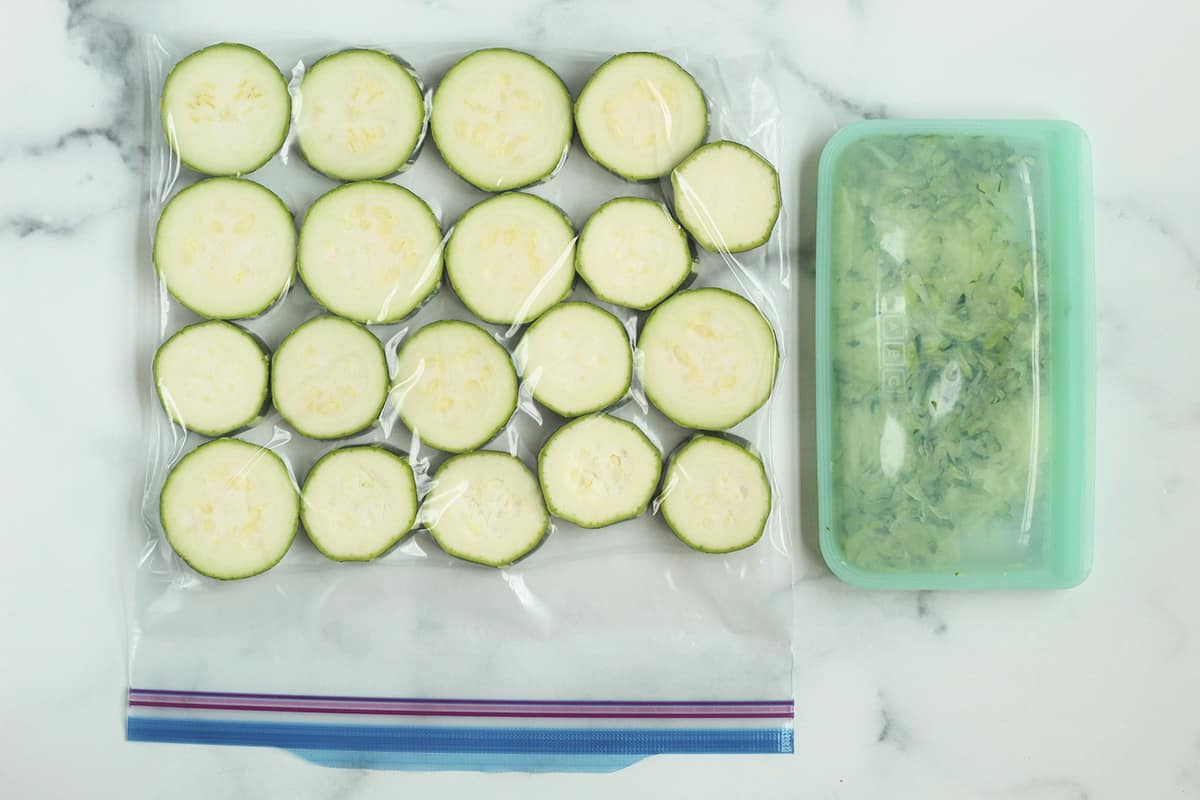

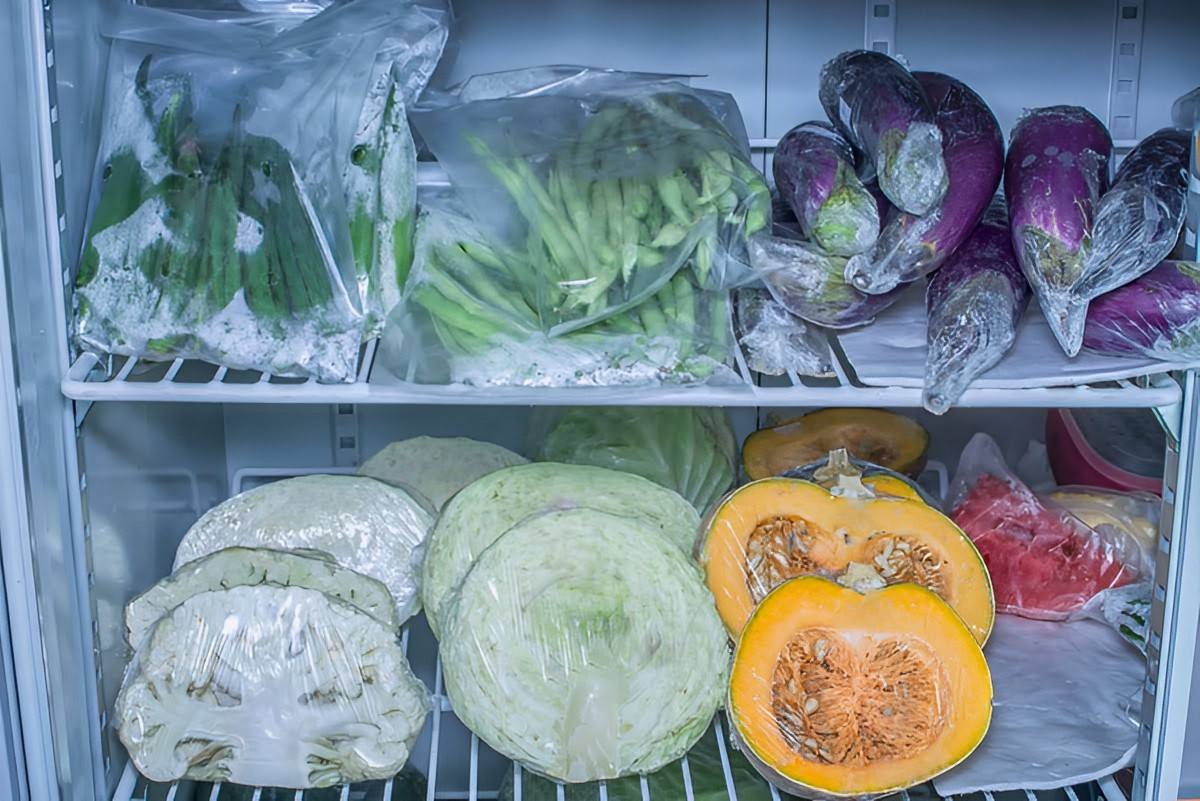
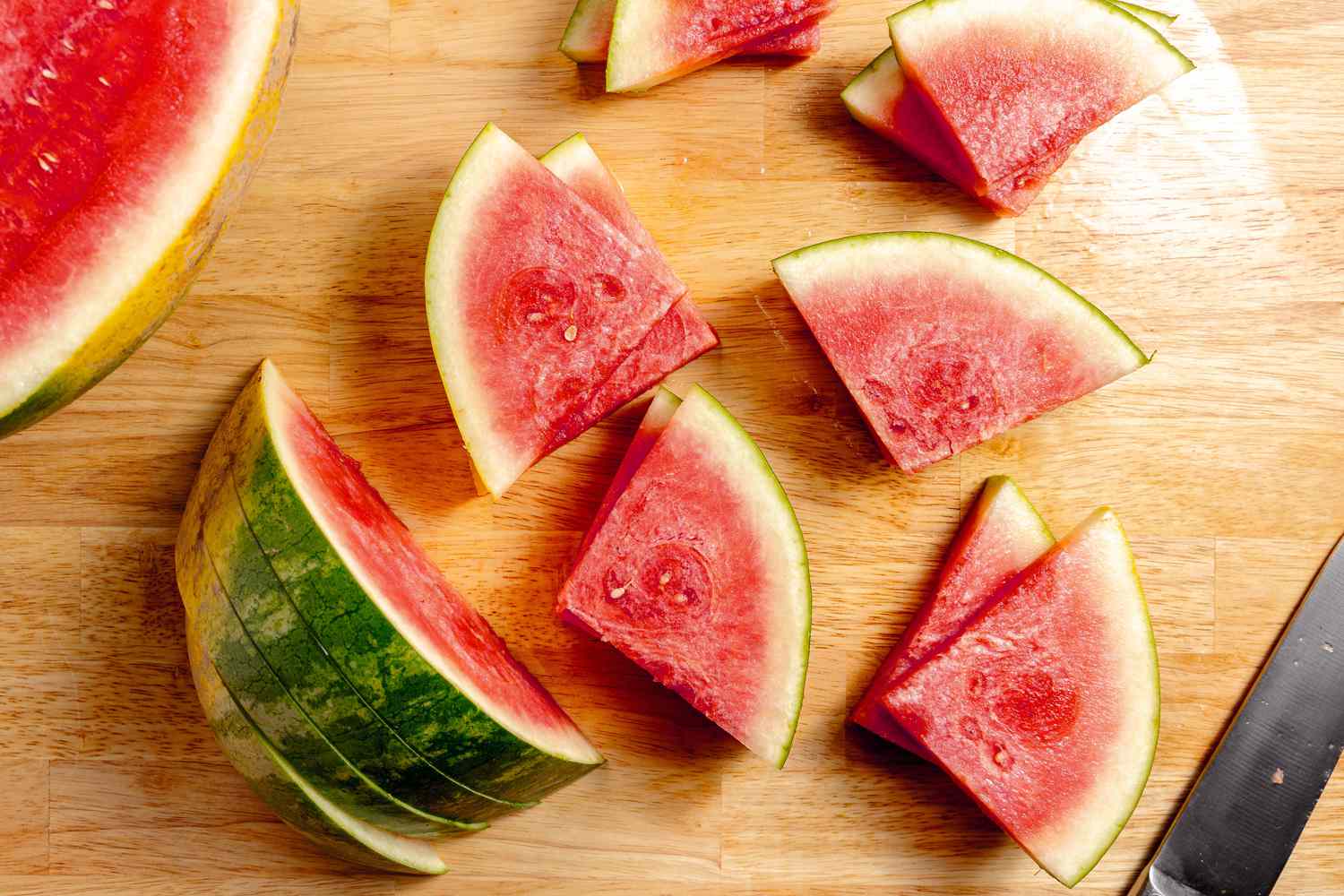
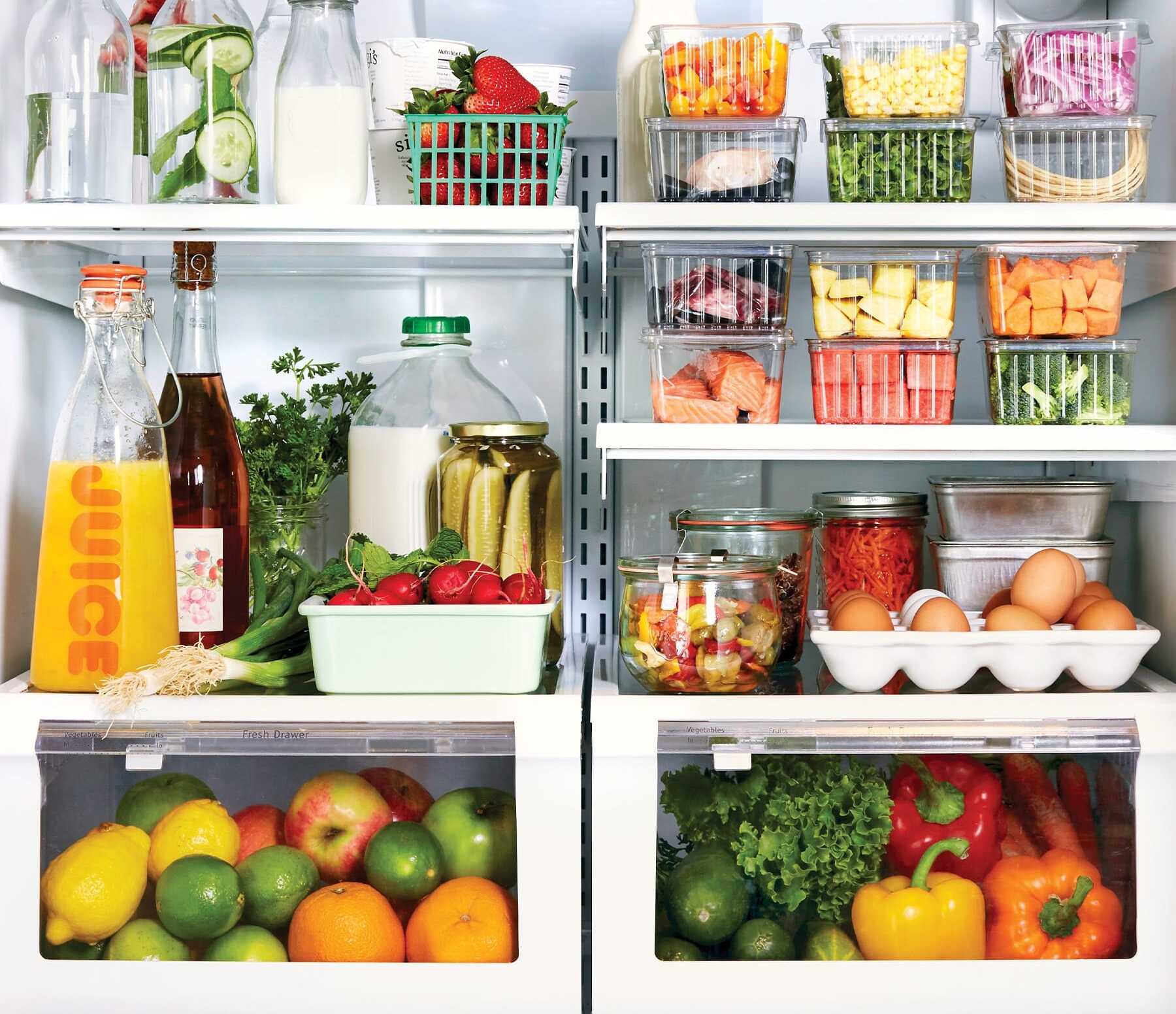
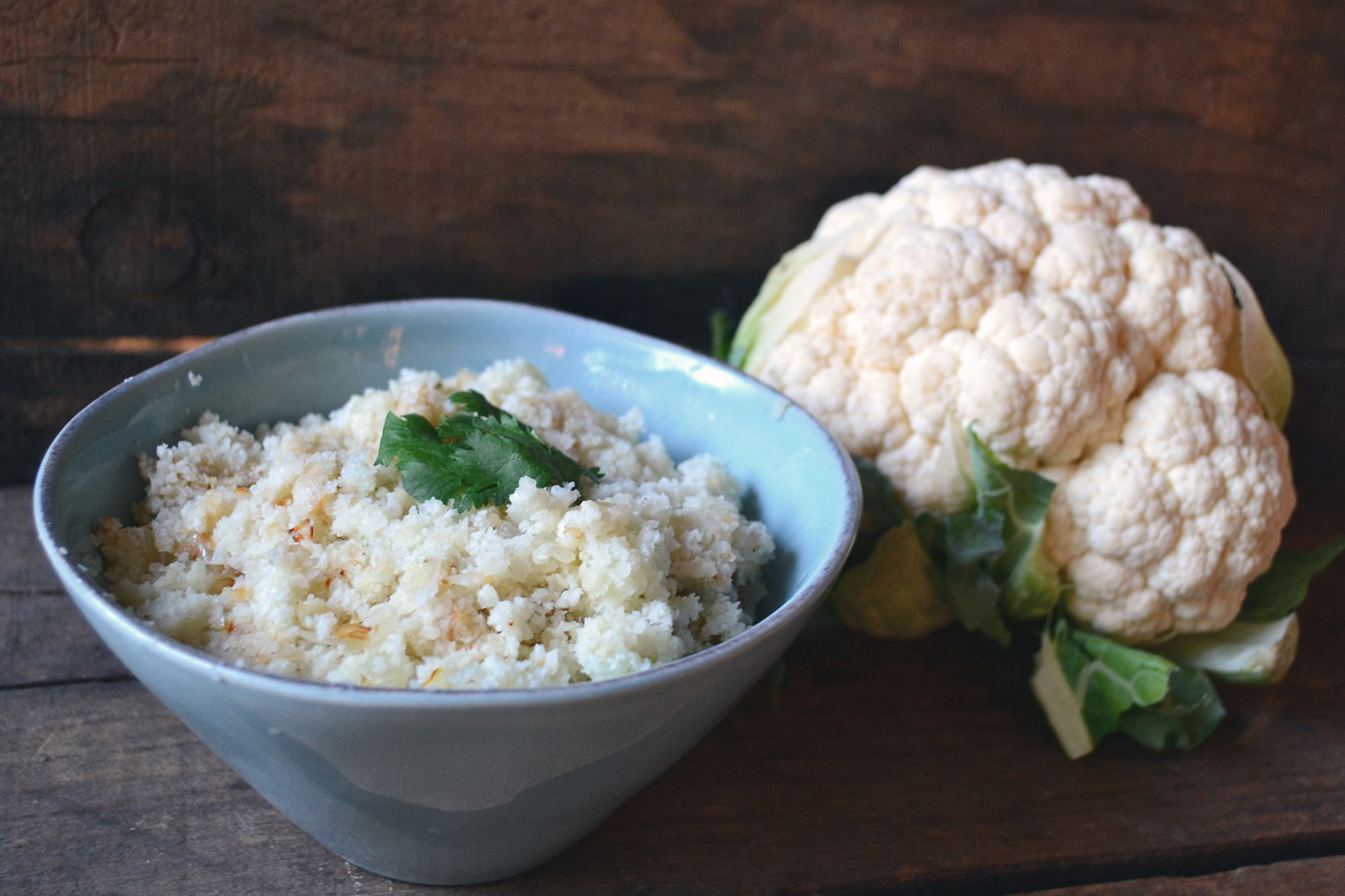
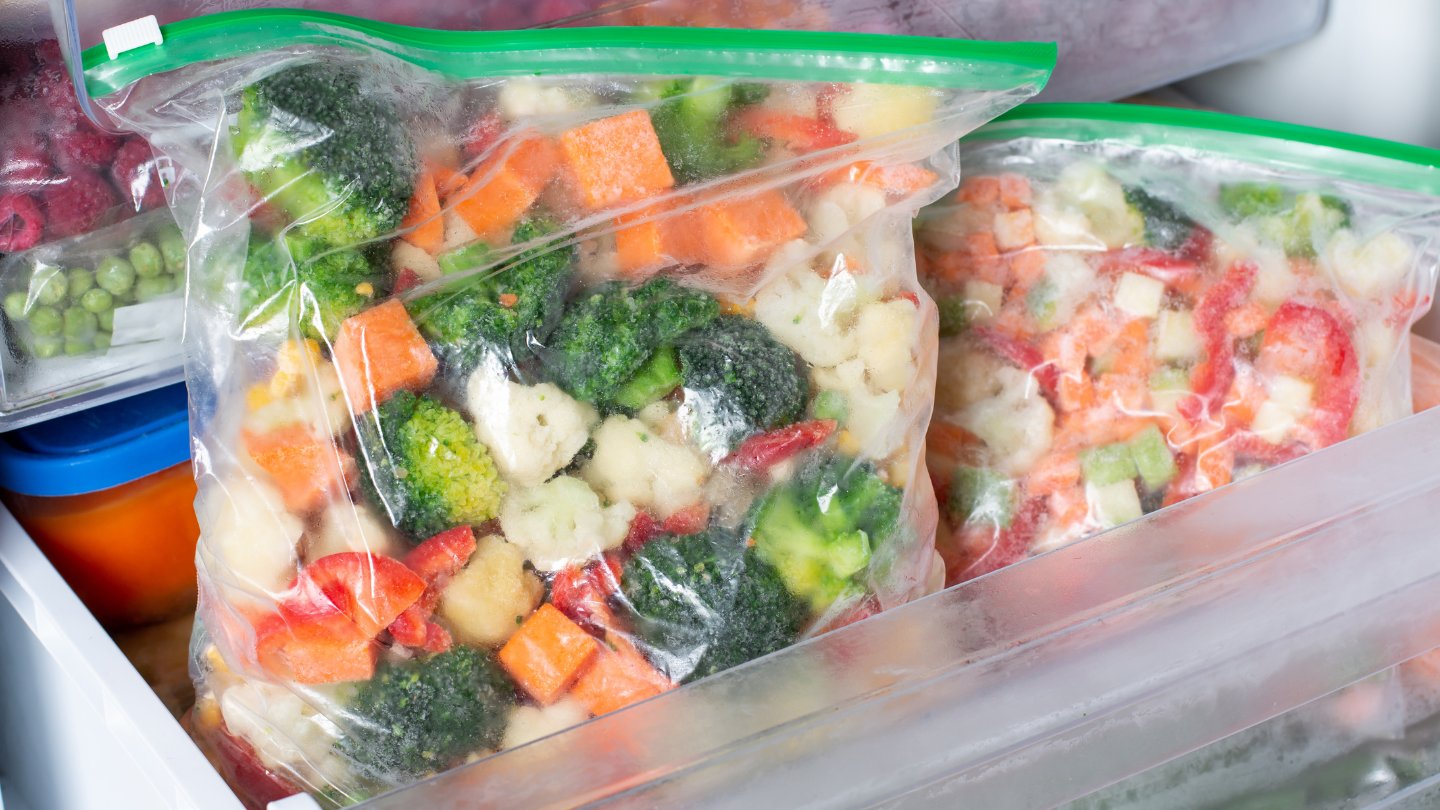

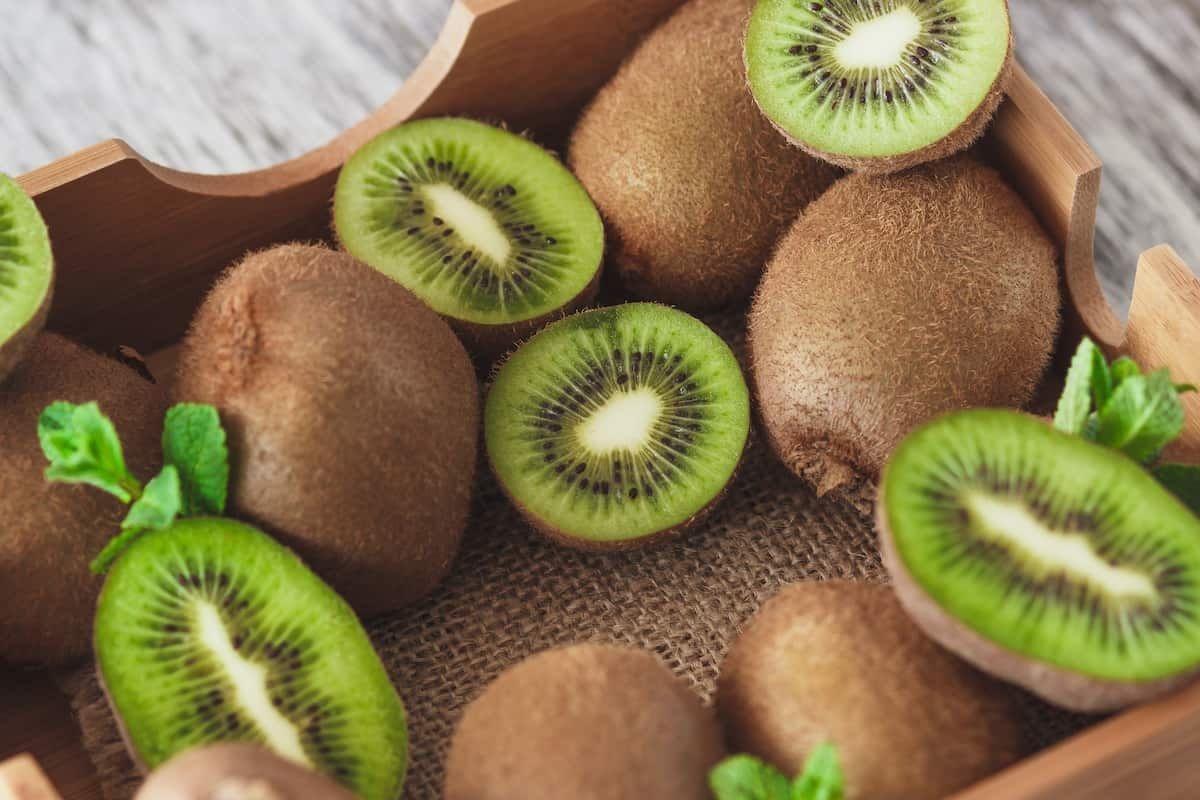
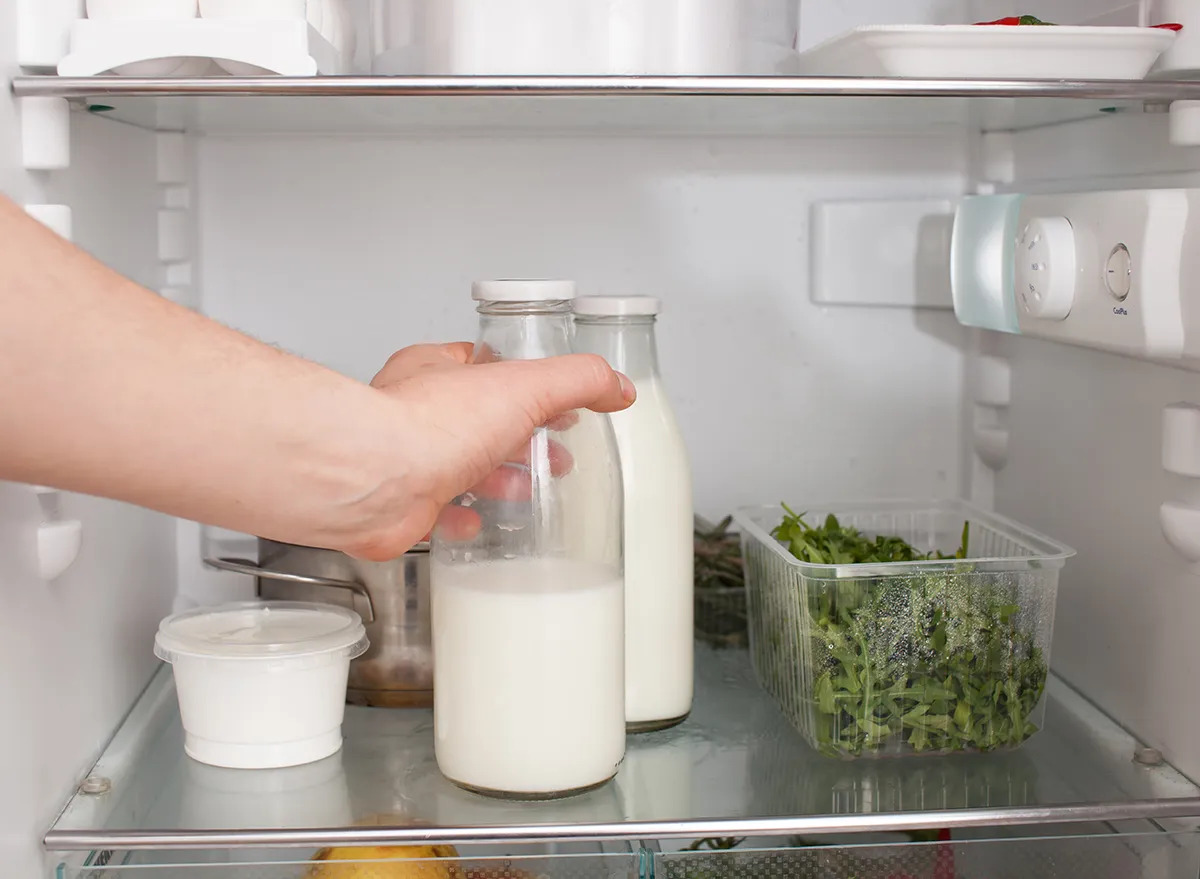
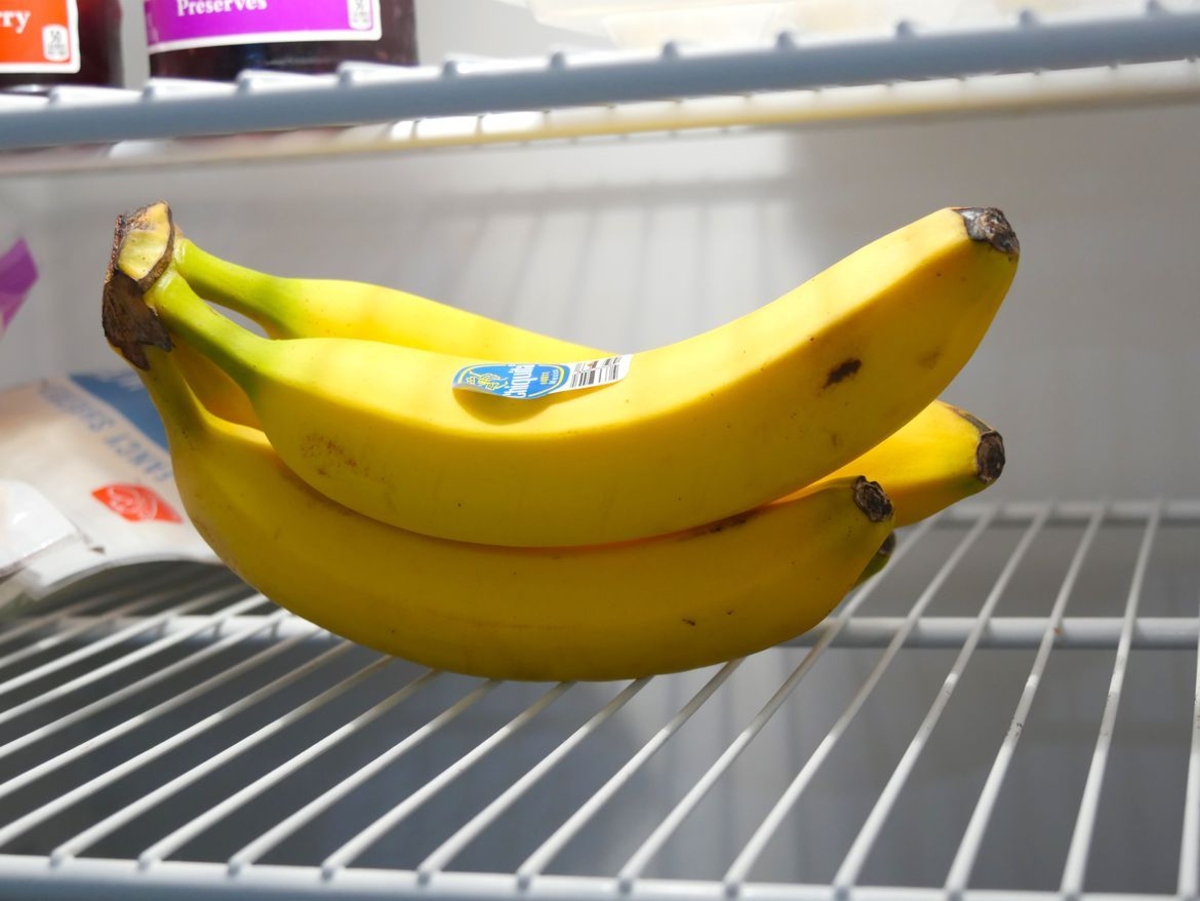
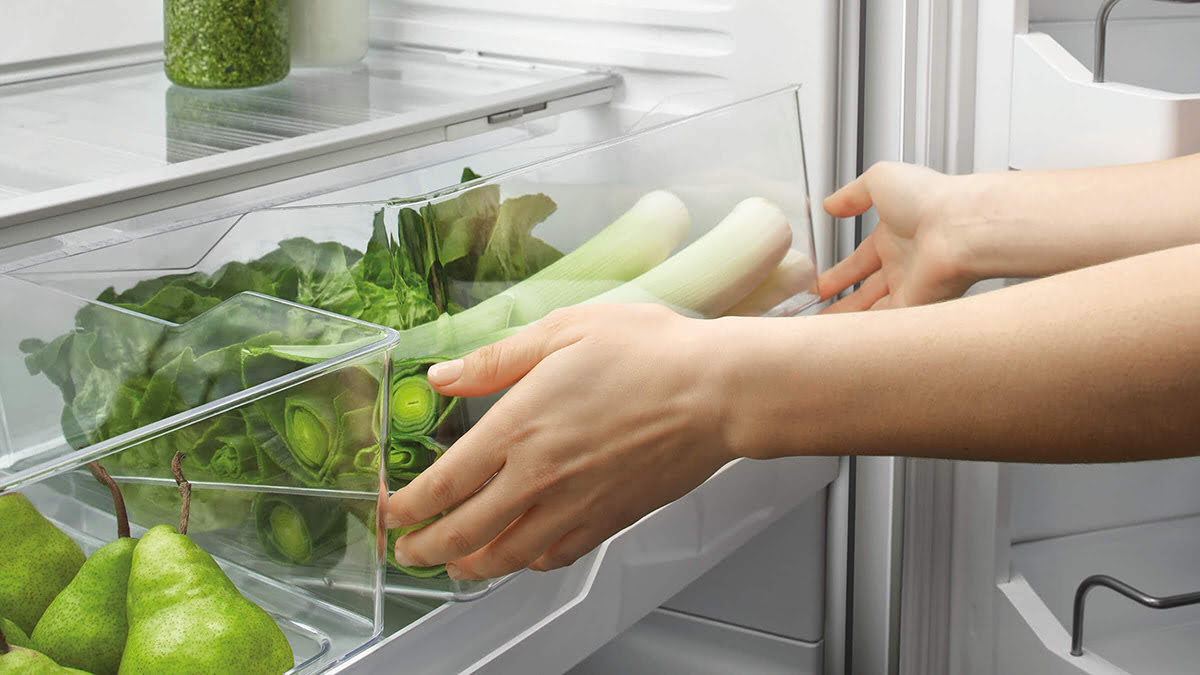

0 thoughts on “How To Store Cut Cauliflower In The Fridge”